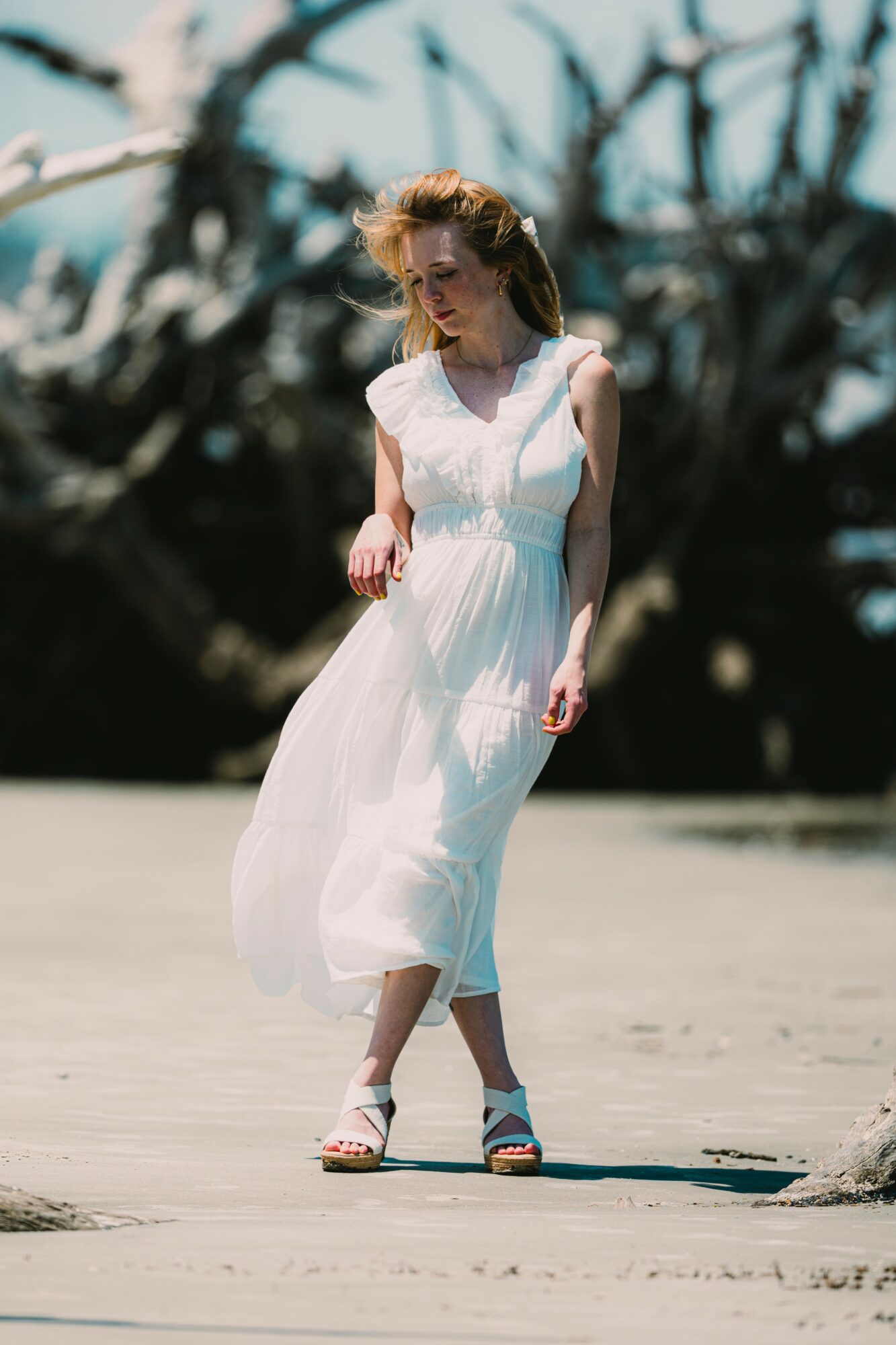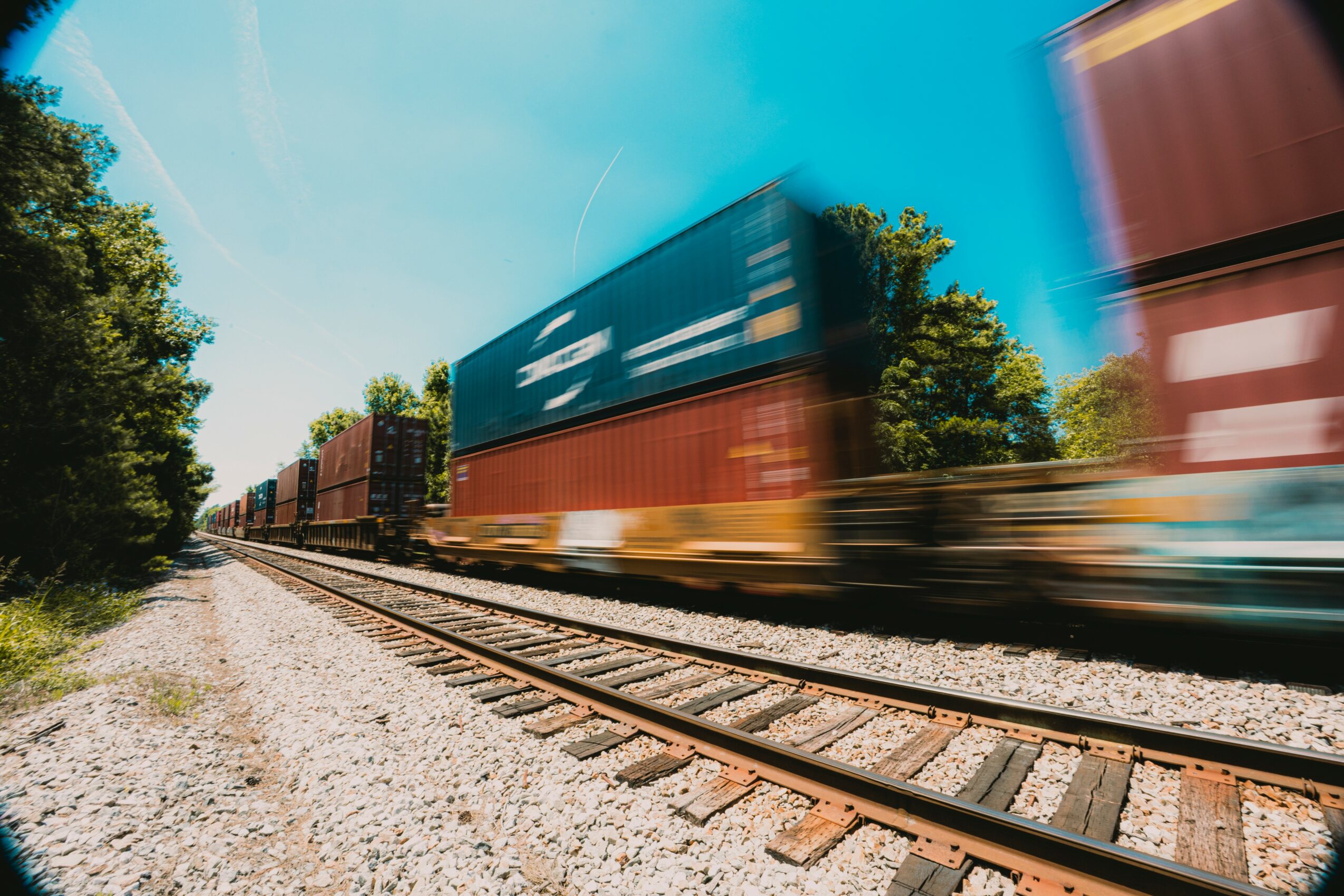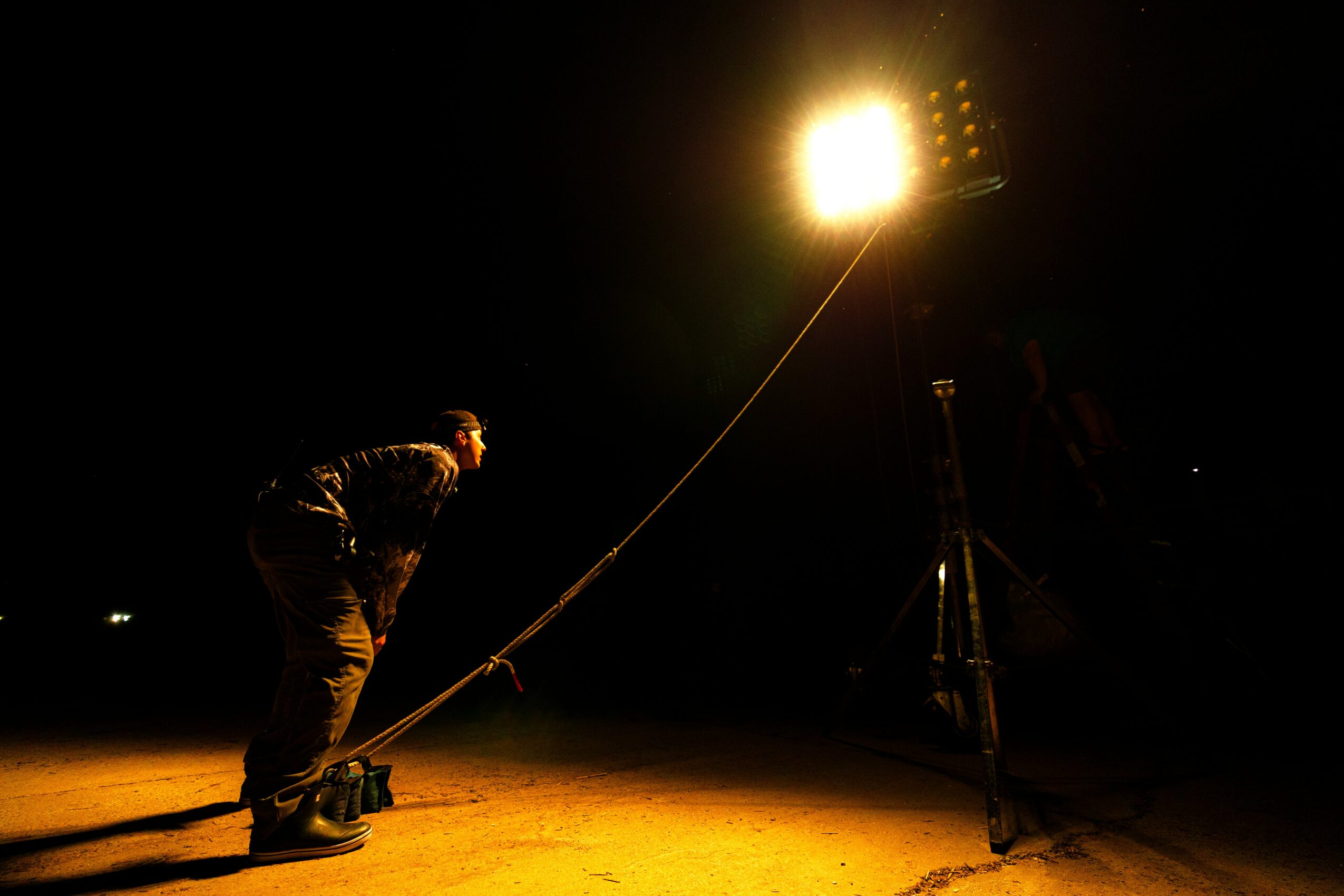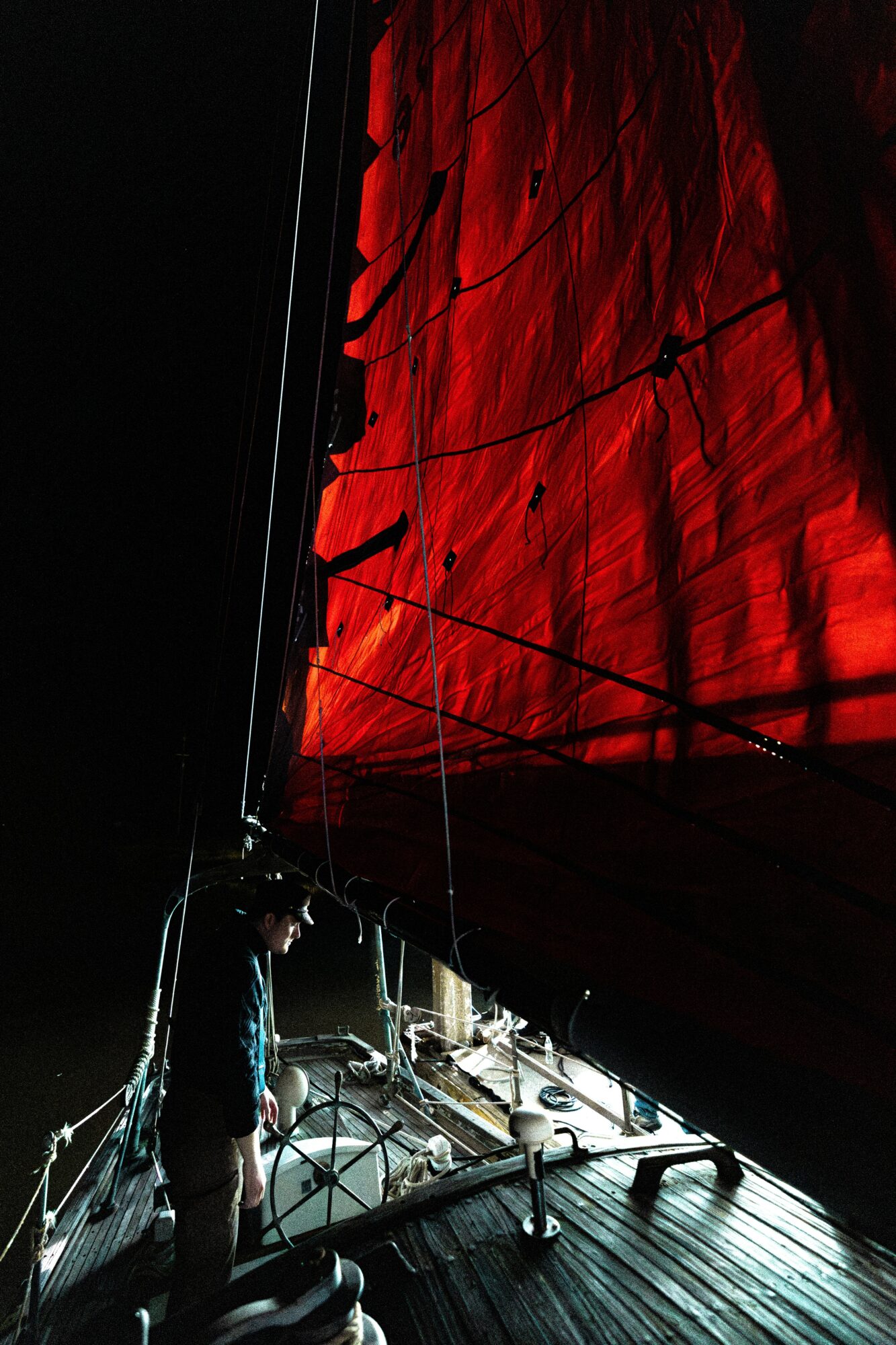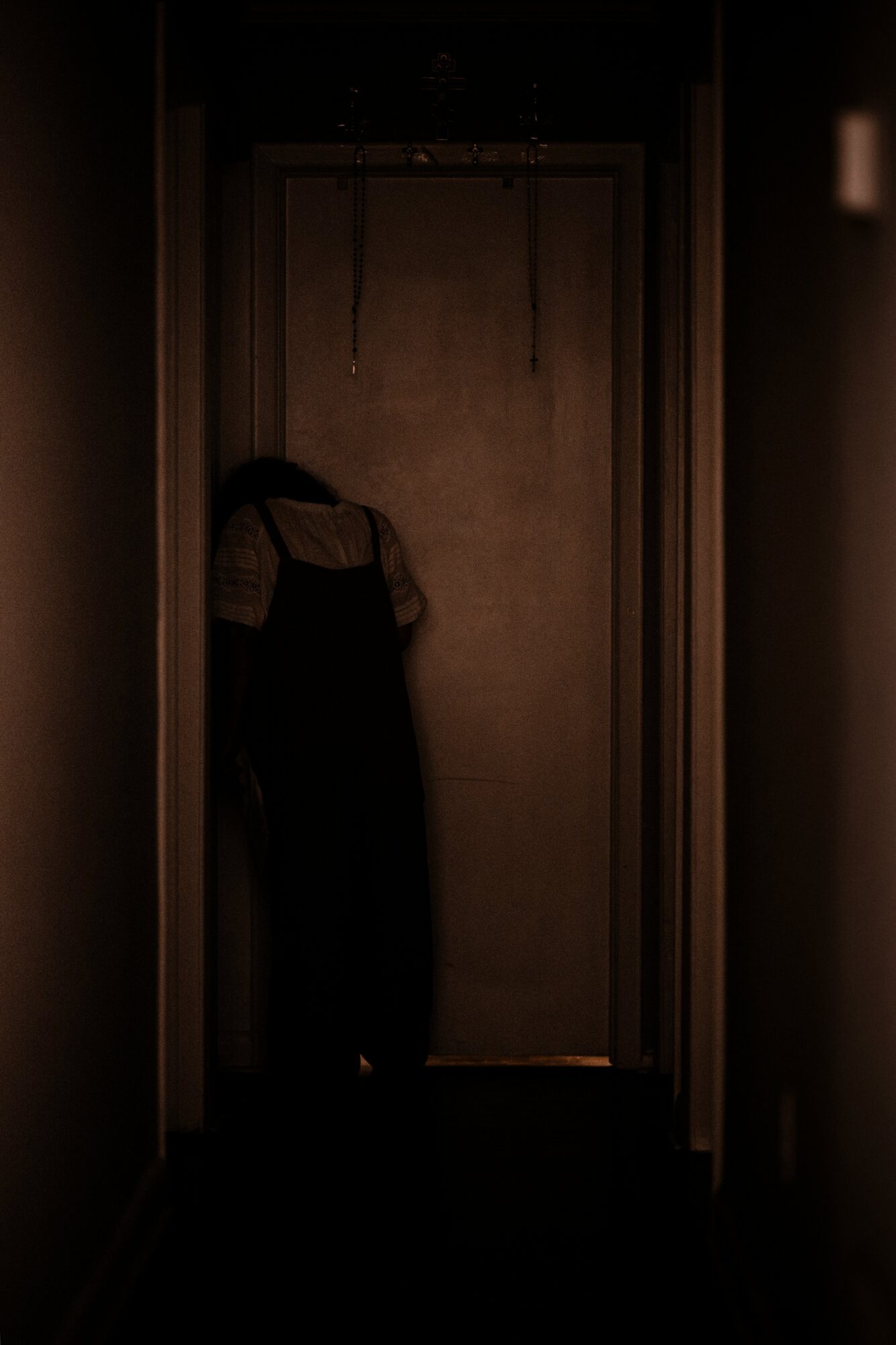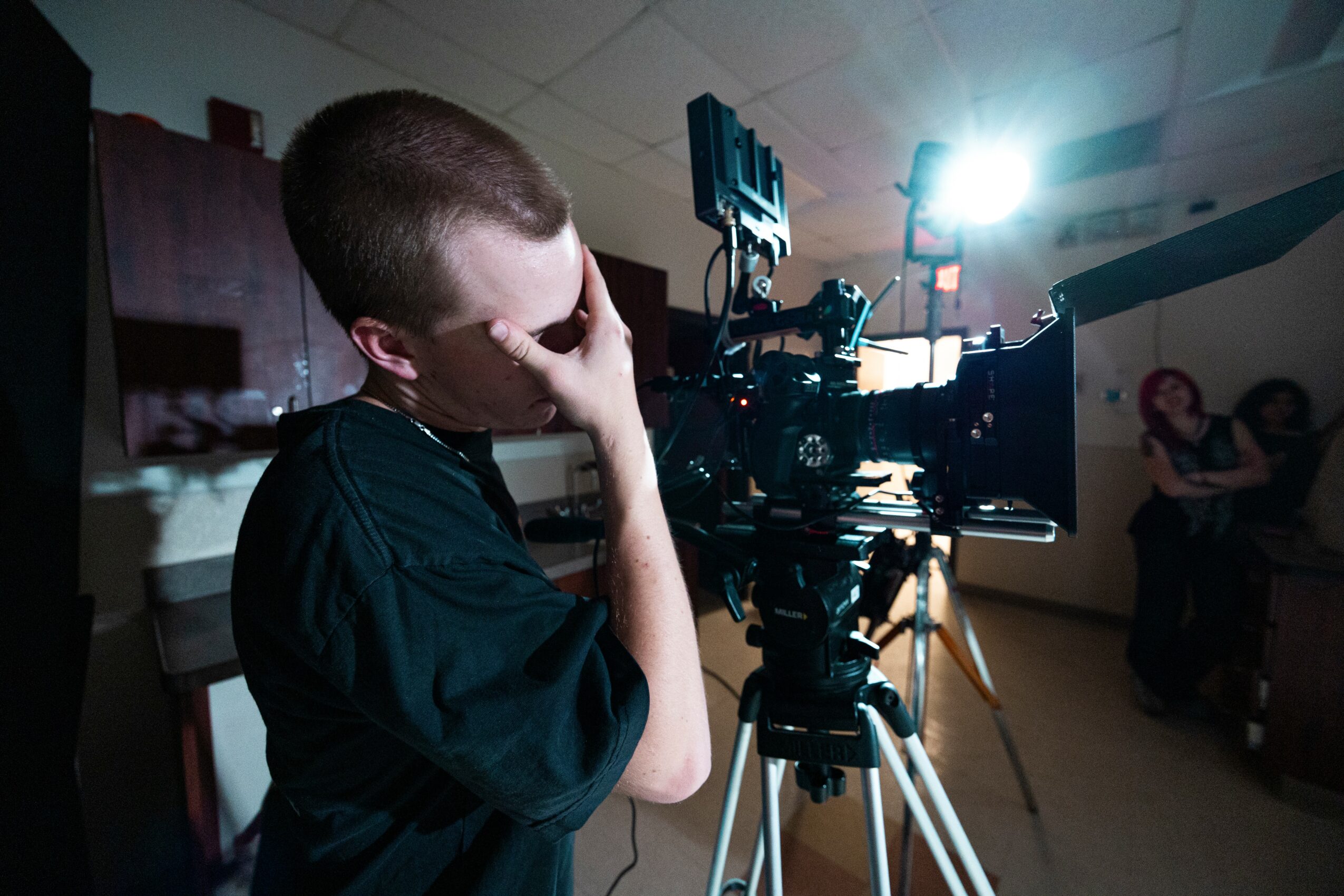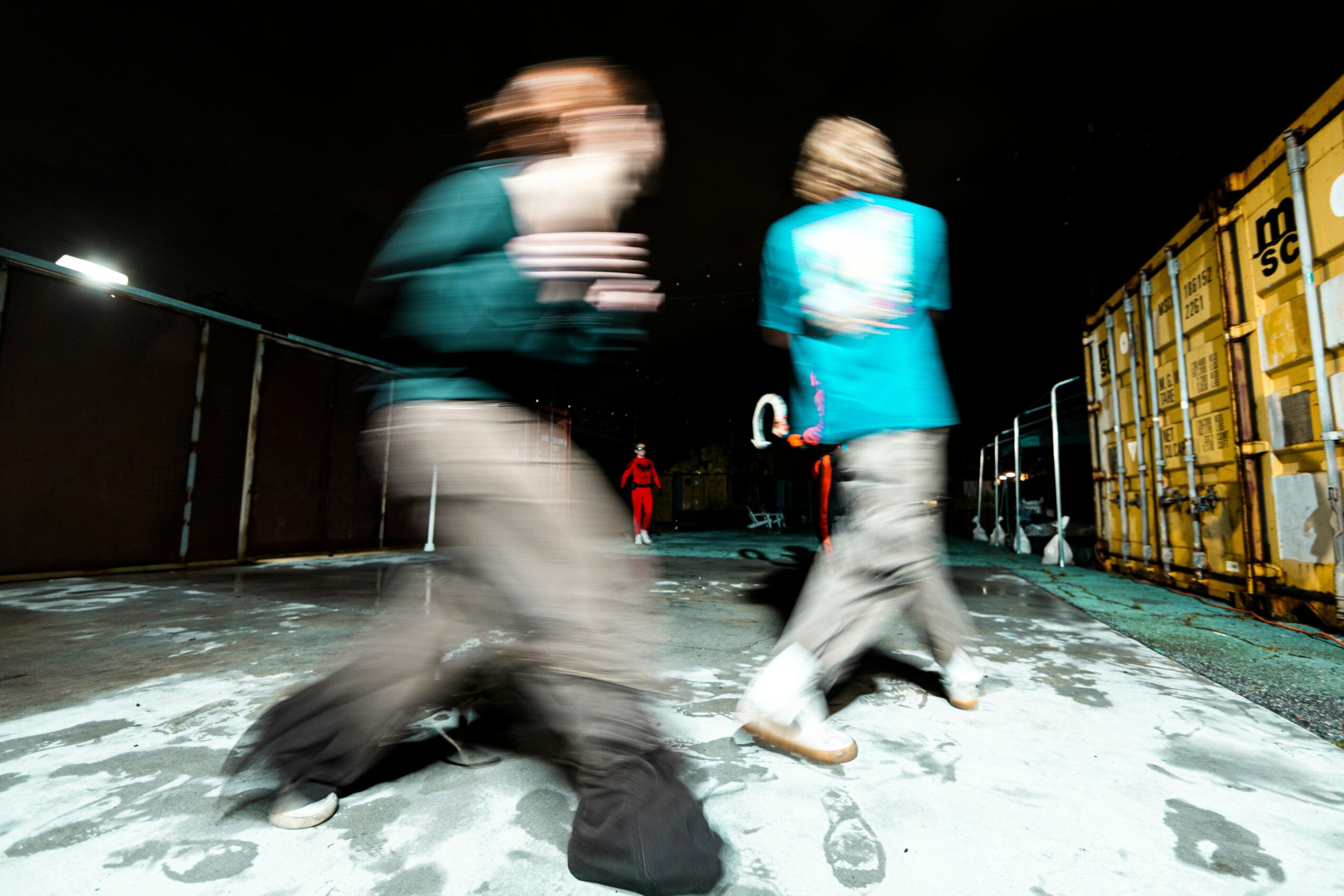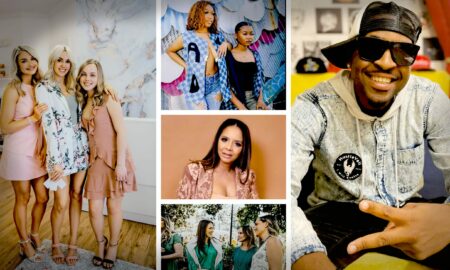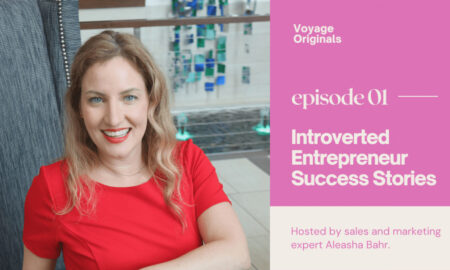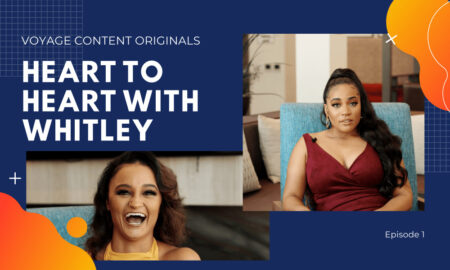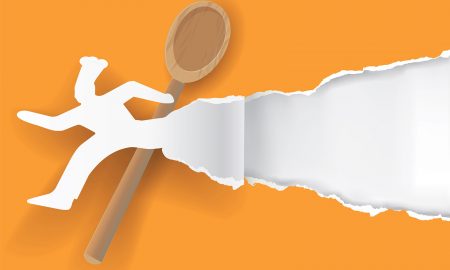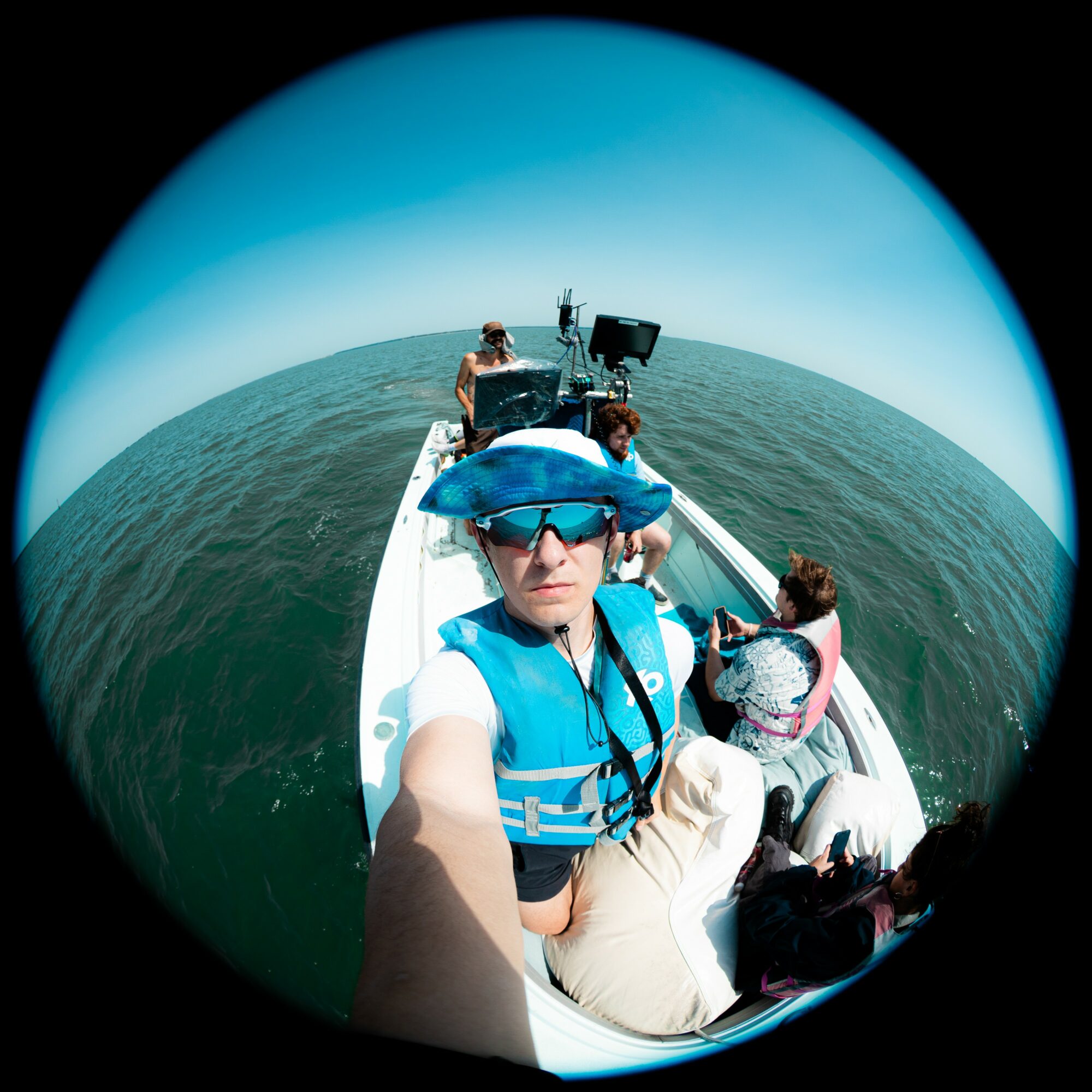

Today we’d like to introduce you to Jack Muzzo.
Hi Jack, so excited to have you on the platform. So before we get into questions about your work-life, maybe you can bring our readers up to speed on your story and how you got to where you are today?
I got my first camera before my freshman year of high school as a birthday present. I enjoyed taking photos before that, though. Since I got my first smartphone, I enjoyed taking photographs and editing them to look better. The camera I got was a cheap DSLR that every photographer and their mom owns at some point in their life. I was really excited to get it and began taking photos of everything. I didn’t know how my camera worked, but I felt that it was supposed to take better photos than a phone camera. After using it consistently for about 6 months, I lost interest because it just wasn’t giving the results that I wanted. Of course, I didn’t actually bother learning how a camera worked and just stuck it in auto mode, but I was discouraged because it wasn’t easy or fun to use, on top of me taking mediocre photos.
During the summer between my freshman and sophomore years at SCAD, I worked my first full-time job and saved up some money. I sold that DSLR and used that money to buy a new mirrorless camera. It was leaps and bounds better than the DSLR in every way. However, I made the grave mistake of bottlenecking my amazing camera with a cheap and dainty lens. This would have discouraged me from taking photos had I not looked into how cameras work. Once I realized that a good lens makes a bigger difference than a good camera, I started saving up once again, and bought a real, nice lens that I plan to use for a long time.
Right after getting this nice lens, my girlfriend and I went on a few excursions together over the winter months during which I really got to test my new photography gear and took some photos that I was incredibly happy with. Since I had bought the new camera, I had been watching photography YouTube videos and learning first-hand from tutorials and second-hand from product reviews all about the technical side of photography. At this point, I was feeling much better and more confident than ever in my photos.
In February of this year, my girlfriend landed the role as costume designer on a student senior thesis film. I asked her if they needed a behind-the-scenes set photographer, and long story short, I landed that role a few days later. This film was “Dolphin Diver”, short comedy film directed by Aiden Gottschalk. It was my first photography gig. I had bought another nice lens to be able to come away from the 3-day shoot with appropriate images. On this set, I met a ton of crew who I would on set with again later in the year, including cinematographer Will Rosen, who recommended me to Voyage Savannah.
I sent out the final photos for Dolphin Diver, and everyone loved them. Dolphin Diver’s producer Arielle and assistant director Caspian had me on several more of their films. I was on a total of 7 sets in the spring quarter, and was satisfied with each one’s photos more than the last. I rounded out the school year with Thomas Kennedy’s “Reckoning”, for which we filmed on boats in the Tybee Island area. Not only was that an amazing photography experience, it was an amazing experience all-together, and I feel it’s my best body of work yet.
As of now, June 2025, I’m working part-time to save up to make a big purchase at the end of the summer. I’m also searching for the sets I’ll work on in the fall quarter in Savannah. And, of course, I’m taking photos.
We all face challenges, but looking back would you describe it as a relatively smooth road?
I’ve been blessed with an amazing life to live, and I wouldn’t trade it for anything, so I can’t sincerely say I’ve had objectively major struggles to deal with. My school, housing, food, and gas are paid for, for which I am eternally grateful and pay it forward in every way that I can. That said, before I was sinking so much time into photography, I was a major gym-goer. I was lifting weights 4-5 times a week for months on end, strategically planning my training. Photography sort of took all that focus and energy away from my physical health, and I haven’t had a solid gym routine in 4 months now. I feel that I’ll only find as much fulfillment in my career as I am able to find outside of my career, which is why I want to take the gym more serious than most. Of course, physical health is universal, and everyone should go to the gym and do cardio, but I also find deep fulfillment in it. I am actively building my fitness back up over this summer, and I’m preparing to juggle a top-notch gym routine with all the photography work I could ever want this fall.
As you know, we’re big fans of you and your work. For our readers who might not be as familiar what can you tell them about what you do?
I’ll preface all of this by saying that I am very new to photography as a creative and as a professional.
I am a photographer. I got my start in and found a love for behind-the-scenes set photography, which is not to be confused with stills photography. I consider stills to fall under the umbrella term of set photography. Stills photography is capturing stills of the set and the actors in order to show a part of the story inside the universe of the film. Set photography is capturing the behind-the-scenes work of the crew, which is what I specialize in.
At SCAD, most set photographers’ work that I’ve seen is always wrong in some way. The most common things I see are basic photography mistakes like cutting off subject’s extremities or over/underexposing. However the biggest component that other set photographers I’ve seen don’t seem to understand or care enough about is that you have to actively seek out the compositions on a film set. As a set photographer, it is your job to merely be a fly on the wall. However, you have control over where the wall is and where your point of view sits on that wall. I understand this better than anyone I’ve seen. That’s why I just walk around set and use my eyes before I ever look through the viewfinder. What sets me apart isn’t what I capture, but how I capture it, and how I think before capturing it.
The way I shoot is not groundbreaking or revolutionary, but it is correct. It’s correct because I utilize the principles of composition when I shoot. Many inexperienced artists don’t understand that “correct” is an attribute that art can have. Art that follows the rules of composition and design have inherent value that neither judgement or opinion can subtract from. Photography, like all forms of art and design, has rules. These rules are guidelines that describe the criteria of how humans subconsciously process a piece to determine whether that piece is “good”, or whether they like it or not. Following these rules is a no-brainer. They provide an anchor to ground yourself to something objective in the abstract and subjective world of art. Everything I do is purposeful, and more often than not, the reason is “it’s the correct way to do it”. I take images correctly in-camera. I do put my personal flare on my images in processing, but that just enhances pleasure evoked by looking at the image. It does not affect the inherent value or message of the image. I don’t believe that any amount of processing can turn a bad image into good image. I believe that this sets me apart from other photographers that I’ve seen or met.
Can you share something surprising about yourself?
I am relatively inexperienced as a photographer. Photography is a new passion, and might be a natural talent, for me. I’ve always loved making things, both physical and digital, and photography combines the best of both worlds for me. I love traveling and going new places. With photography, I get to go out into the world and explore amazing places, meet amazing people, and work on amazing projects. Then I get to come home and relax while I continue to create by processing and sharing my images.
Up until this past school quarter, I was a graphic design major. Graphic designers don’t explore amazing places, or go outside very much for that matter. They do work with amazing people and work on amazing projects, but it’s more rigid. There are more rules to follow and the work is within more control than photography, which leads to more pressure being placed on a graphic designer.
I only recently left graphic design as a major, though I’m still completing it as a minor, to pursue photography. I don’t want anyone to take this fact as though I don’t act like a professional or take myself seriously in practice. I plan to be professional and take myself seriously thirty years from now.
Pricing:
- Set photos – $50/hr
- Pet photos – $60/hr
- Creative portraits – $75/hr
Contact Info:
- Website: jackmuzzo.photography
- Instagram: https://www.instagram.com/jack.cr3/
